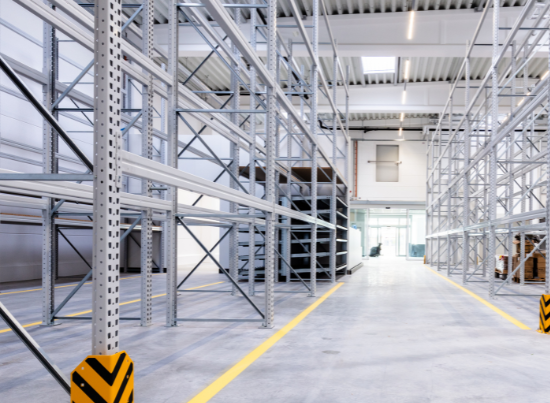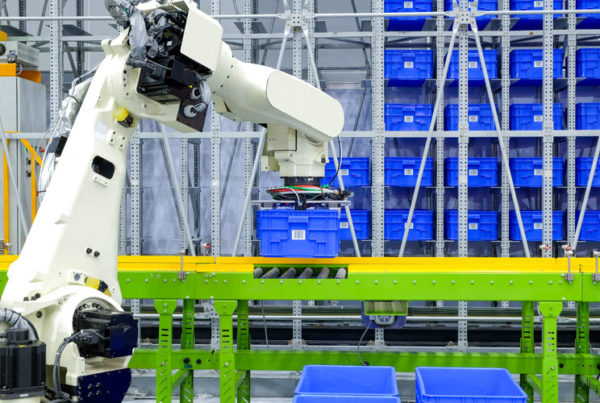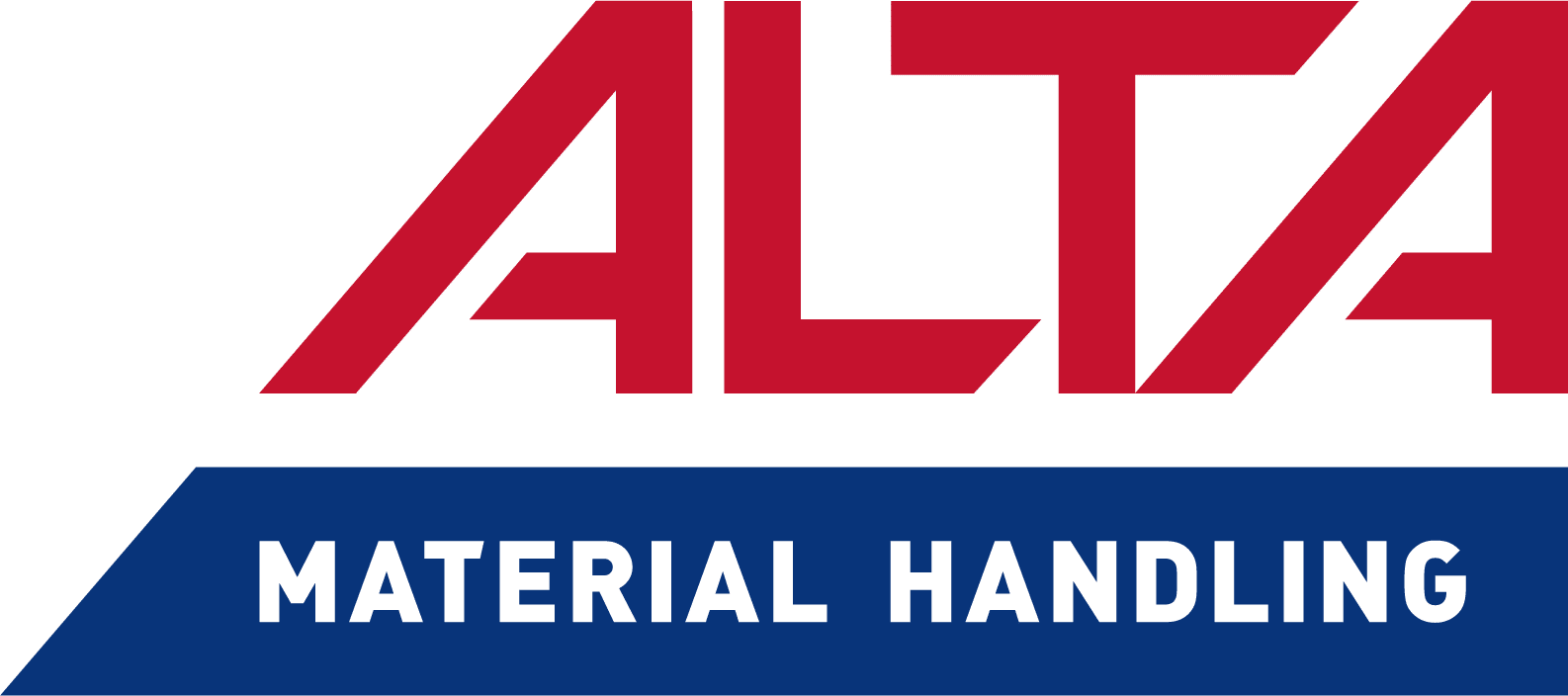As e-commerce drives a revolution in our industry, there is tremendous pressure to meet the ever-changing needs and expectations of distribution centers and operations.
This is why I was excited to talk with Larry LaLonde, a well-seasoned industry veteran and logistics consultant, about this topic and these new expectations placed upon the industry. Below is a sampling of our shared vision of how these changes and challenges help bring about best practices and solutions to advancing operations.
Successful projects begin at the final step of fulfillment.
Many times, businesses invest capital in systems prior to working out how the efficiencies of their operations will make them as foolproof as possible. What’s the best way to approach this? Start at the end of the fulfillment process – with packing and shipping.
This final step in the fulfillment process is crucial to order integrity and customer satisfaction, and it is of particular importance when transitioning from an operational model of full case picking to each picking. It becomes a different picking process and a different packing process as the entire system needs to be (re)designed so that each shipment arrives to its destination and customer exactly as it should.
Automation isn’t plug-and-play. It takes thoughtful design to maximum ROI.
Companies often have the idea that to become more efficient they just need to invest in automation. They convince themselves of how much more money they can make by transitioning to B2C markets or simply adding a warehouse management system (WMS). While true in many instances, adding automation or shifting markets is only successful when a complicated systems integration is led with expertise.
Making automation successful means making it efficient before any new systems are plugged in and operational. Working with third-party, unbiased, and experienced logistics consulting firms or established integrators can help eliminate costly mistakes upfront, especially when they focus on data-driven decisions to guide the implementation strategy.
There are equipment suppliers and WMS companies who offer consultation as a service, but whose core revenue is from equipment or software sales. While this extension of services can be beneficial at times, it’s important to identify when consultation from a supplier is a true value add versus an equipment up-sell.
Often, we’re able to step the approach to warehouse automation; we’ve helped many customers reduce their intended scope of work by showing how to achieve efficiency gains with a smaller installation but that allows for continued growth and additional integrations once output thresholds are maximized.
The instant gratification model doesn’t (always) work.
In a B2B market, customer expectations are fairly steady – customers know they’ll receive cases of product in the time agreed. But the B2C market expectations change almost daily.
Big box retailers like Walmart and Amazon help drive those expectations by continually increasing their ability to deliver to customers within one or two days. But that’s something many small businesses can’t afford to compete with. The critical period for any e-commerce business is the time between a customer placing an order and receiving the shipping notification that it’s on its way to them. This is the part of the process a company has control over.
The good news is that Amazon and Walmart aren’t creating the expectation that every business has to offer free 2-day shipping. They’re creating the expectation that Amazon and Walmart will offer free 2-day shipping.
What we’re seeing in the market is that while this shift to 2-day shipping is desirable, what customers really want is to know that once they click “Submit Order” that someone is working on processing it immediately and that they’re kept updated on its fulfillment progress. They want an order confirmation, a shipping confirmation, and delivery confirmation.
Use data to drive your efficiencies.
Data has never been as important in fulfillment operations as it is today. It can highlight your gains in efficiencies as well as identify anomalies in your process. But – understanding the data is the only way to capitalize its usefulness. And ensuring your entire staff interprets it correctly is the only way to maximize its benefits.
We’ve worked with customers to successfully integrate automation only to see them backslide in their process because they overestimated the number of exceptions in their fulfillment. For example, we found one warehouse pre-receiving because they overestimated the < 2% of inventory errors from their vendor. By reviewing and understanding their data, they could have avoided this and maintained their efficiency gains.
Working with a logistics consultant at the onset of your project will not only enhance your approach and implementation of automated systems, it will solidify a plan for incorporating and interpreting data in your everyday operations to help ensure you’re getting the most from your integration and that you’re optimizing your operations.





